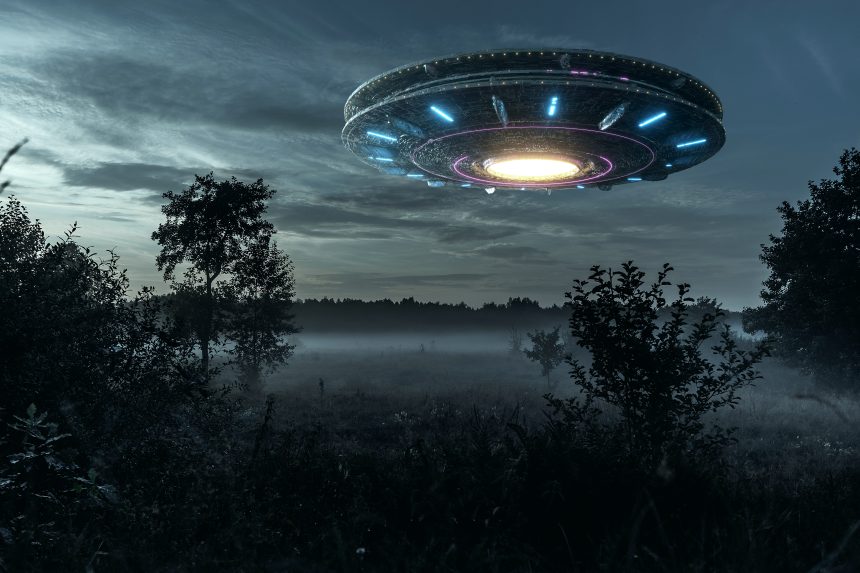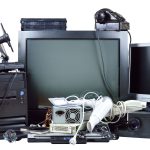The Pentagon’s recent disclosure through an in-depth report has cast new light on the enigma of UFO (Unidentified Flying Object) sightings, attributing a considerable number of these mysterious occurrences to the simple “misidentification of ordinary objects.” This groundbreaking assertion introduces a pragmatic narrative to a plethora of events that have historically fueled widespread fascination and conjecture. Delving into the multifaceted dimensions of these sightings, the report endeavors to dispel the aura of mystery that has long surrounded the subject, appealing to both the general populace and UFO enthusiasts for a reevaluation of these phenomena.
Unraveling the Enigma: Insights from the Pentagon
In an exhaustive examination, the Pentagon scrutinizes UFO encounters, unveiling that a substantial fraction is merely the misreading of mundane terrestrial phenomena. The report systematically categorizes these sightings, encompassing a range of ordinary occurrences, from airborne detritus-like balloons to more sophisticated unmanned aerial vehicles (UAVs), not to mention varied atmospheric conditions and conventional aircraft. This demystification reframes the narrative surrounding these sightings, suggesting that the involvement of extraterrestrial entities is perhaps not as prevalent as previously imagined.
The Vanguard of Analysis: Technological Mastery
A pivotal element underscored in the report is the instrumental role of cutting-edge technology in dissecting and identifying UFO sightings. The advent of sophisticated imaging, radar, and sensory technologies has bestowed analysts with unparalleled precision and detail, empowering them to distinguish authentic anomalies from mere misinterpretations of commonplace objects or atmospheric conditions. This stride in technology has been crucial in segregating truly inexplicable phenomena from the ordinary.
National Security Implications
Beyond the scientific intrigue, the report delves into the ramifications of UFO sightings on national security, stressing the imperative to differentiate between genuine threats and innocuous misinterpretations. The capacity for precise evaluation and response to aerial phenomena is vital for airspace security, averting undue panic or escalation. The findings emphasize the necessity for heightened vigilance and sophisticated monitoring mechanisms to protect national interests.
Public and Academic Discourse
The unveiling of the Pentagon’s report has ignited a spectrum of responses from both the public sphere and academic circles. While some advocate the report’s rational explanations as a demystification of the previously unexplained, a faction remains skeptical, advocating for a deeper probe into sightings not readily dismissible as misidentifications. The discourse surrounding UFO phenomena has thus been rekindled, with calls for sustained inquiry and transparency.
Forward Momentum
The disclosure marks a pivotal stride in the continual quest to demystify UFO sightings. By ascribing a multitude of these incidents to the erroneous identification of mundane objects, the report endeavors to dispel the shroud of mystery and redirect focus towards phenomena that are verifiable and scientifically explicable. As technological innovation marches on and our comprehension of the cosmos broadens, the pursuit of elucidation in the realm of the unknown persists, guided by a methodical and discerning approach.
In Summation
The Pentagon’s latest exposition on UFO sightings offers a rational perspective on events that have traditionally been veiled in secrecy and speculation. By pinpointing the commonplace misidentification of ordinary objects as a frequent occurrence, the report injects a dose of clarity into the discourse, whilst recognizing the ongoing necessity for investigative rigor and technological progression. As we navigate the depths of the unknown, the commitment to unveiling the truths underlying these captivating enigmas remains unwavering, steering us toward a future illuminated by knowledge and understanding.








